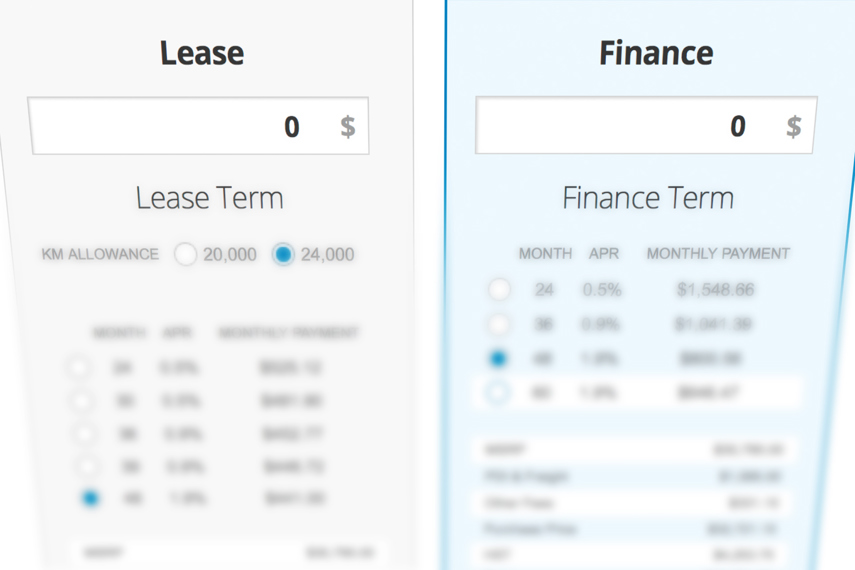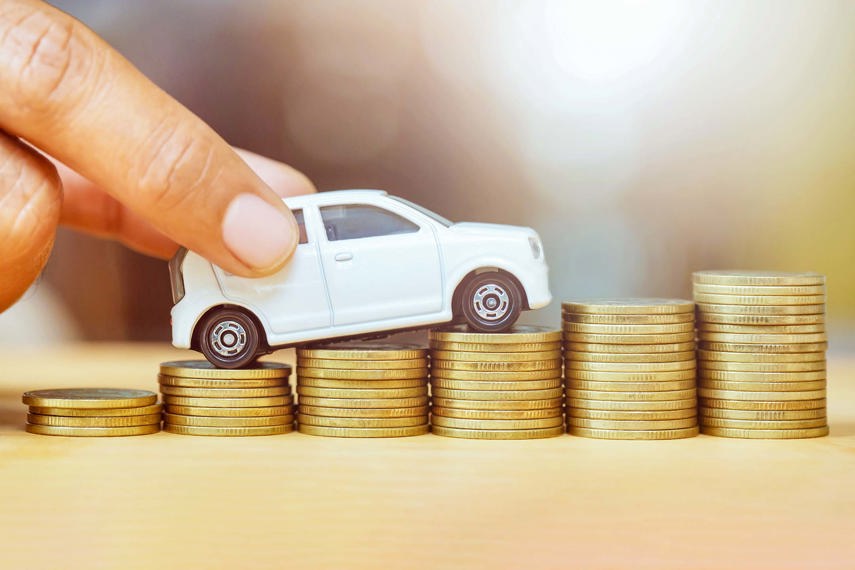The auto industry lexicon can often be a labyrinth of perplexing language that is difficult to digest.
From unintelligible acronyms – MSRP, APR, OAC, PDI, F&I – to confounding phraseology – rebates vs. incentives; destination and delivery; dealer invoice pricing – there’s a lot to learn to make sure you’re getting a fair deal. Of all the lingo to brush up on before buying or leasing a vehicle, few will impact your purchase quite like resale and residual values.
What Are They?
While similar, they do have some fundamental differences, and which one you should familiarize yourself with depends on the type of transaction you’re after. Resale value is the more self-evident of the pair – it’s how much a vehicle will be worth over time, and is applicable to all types of transactions. Purchasing or financing a new car? You’ll probably be keen to know how much the professionals figure it’ll be worth – especially if you’re only planning to keep it for a few years.
Residual value is slightly more complicated, but one way to think of it is as resale value, but for leased vehicles. As the term would suggest, it’s an estimate of the remaining wholesale value of a vehicle after a lease term. Residual values are used to determine how much it costs to lease a vehicle before taxes, interest, and other fees.

How Are They Calculated?
They are similar in the sense that the powers that be – automakers, banks and buyers alike – all want to know how much a vehicle will be worth second-hand. But the biggest difference between the two is that, while resale value ebbs and flows over time, residual value is locked in ahead of time.
While there is a certain amount of projection done in advance, resale values are prone to change with the tides of the market. Mileage, condition, depreciation, and demand all impact how much a vehicle is worth when it comes time to sell, as will any incentives or rebates applied to the initial purchase price.
While most of those factors are subject to shift – often from vehicle to vehicle, in the case of condition and mileage – the damage done by incentives is decided ahead of time. See that ad offering thousands of dollars off the purchase price of a new vehicle? That’s going to have a direct effect on how much it’s worth when it’s time to sell.
Residual values are akin to educated guesses – and there’s a lot riding on these predictions. The bank that holds your lease isn’t doing it as a favour to you, it’s doing it because there’s money to be made. On top of the interest tacked onto your lease payments, the bank wants to know how much the vehicle will be worth once you’re done with it because the less it’s worth, the more you’ll pay to drive it during your lease period.
Residual value is estimated at the time a lease is written based on a couple of factors, including historical resale value data and comparative analysis of the vehicle being leased. Companies like ALG earn their keep by providing these insights to automakers and financial institutions for each and every new vehicle on the market.

Why Do They Matter?
If you’re planning to finance or purchase your next vehicle, then resale value won’t exactly have a direct impact on how much you’re going to pay. After all, automakers aren’t charging more for their vehicles based on the estimation that it’s going to be worth more than the competition. It could, however, have an indirect effect when it comes to incentives.
Kia is a fine example of what you can expect in the long term from a highly incentivized vehicle. The steep discounts Kia offers on its new cars and SUVs may be attractive, but they’ll be felt on the back end when it comes time to sell – or, worse still, when your vehicle is worth less than what’s outstanding on a prolonged finance term. In short, incentives upfront devalue a vehicle down the road.
Brands that leave less cash on the hood – industry parlance for incentives – do so in part to protect the resale values of their vehicles. Basically, expect to pay close to full pop for something like a Subaru, which limits its incentives, but do so with comfort in the knowledge that it’ll be worth a good percentage of the purchase price when it comes time to sell.
Whether leasing a new vehicle or buying a used one, residual values have a direct impact on pricing. After all, lease payments are little more than usage fees, and you’re paying for that privilege, along with the wear and tear you’re putting on the vehicle. If after three years and 72,000 km, the car you’re leasing has a residual value of 50 per cent of its purchase price, then guess what? You’re paying for the other 50 per cent over the three-year lease term, plus taxes, interest, and other fees.

So which one’s right for you? There’s no easy answer, and there are many factors to consider. If you’re the type of person who plans to drive your vehicle into the ground – think over a decade of ownership and lots of mileage – then resale value won’t be as important and financing or buying a vehicle outright is the way to go. Ditto if you like the idea of owning something at the end of your payment plan. Where apples are apples, finance payments are higher than lease payments, but that’s because you get to keep the vehicle at the end of the term.
Conversely, leasing might be right for you if you like a lower payment and are comfortable with the knowledge that you’ll have to buy it out or turn it in at the end of your term – and you could be financially liable for any significant damage or excessive mileage. But if you like the idea of driving a new vehicle every few years with few strings attached, then leasing is probably the way to go.
No matter which method you choose, a little education goes a long way to ensuring you get the best bang for your buck.

